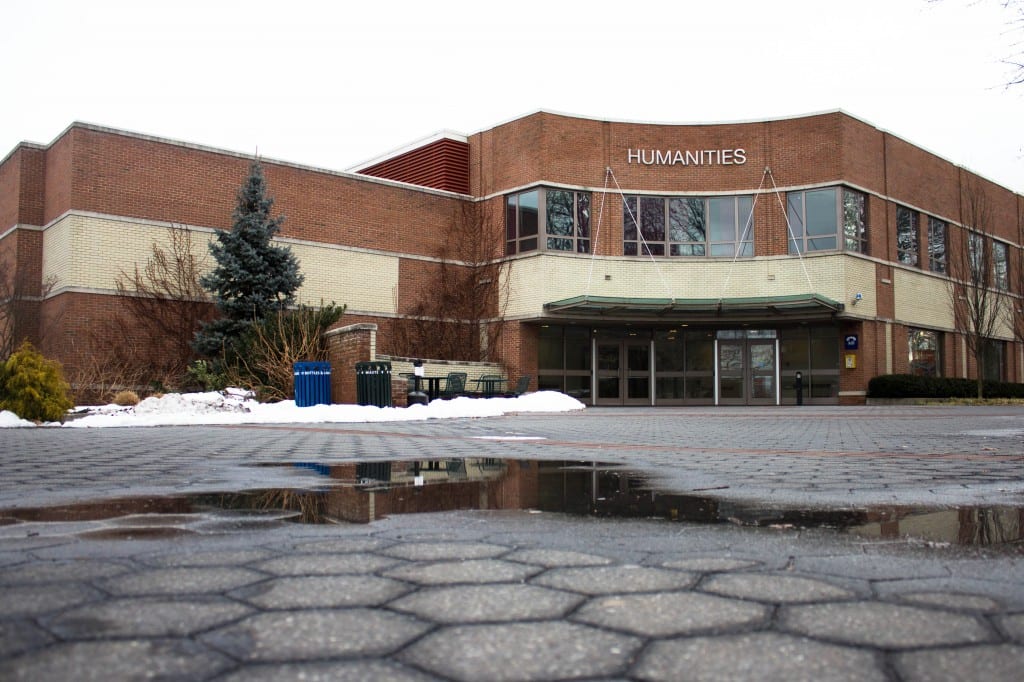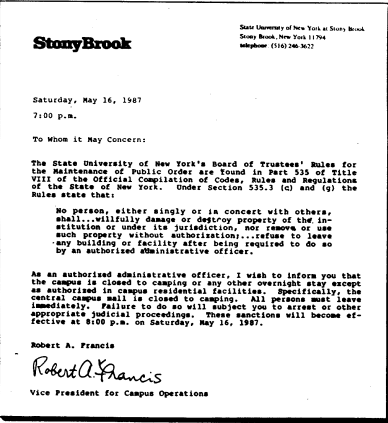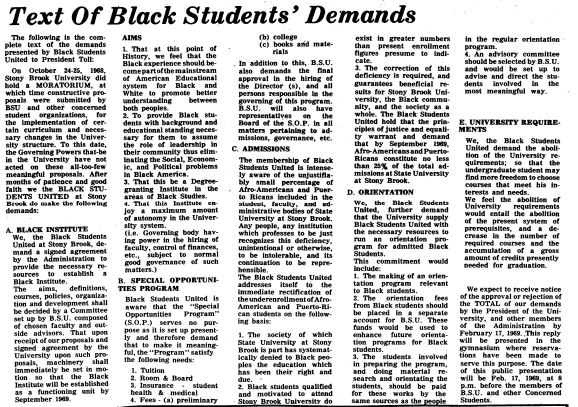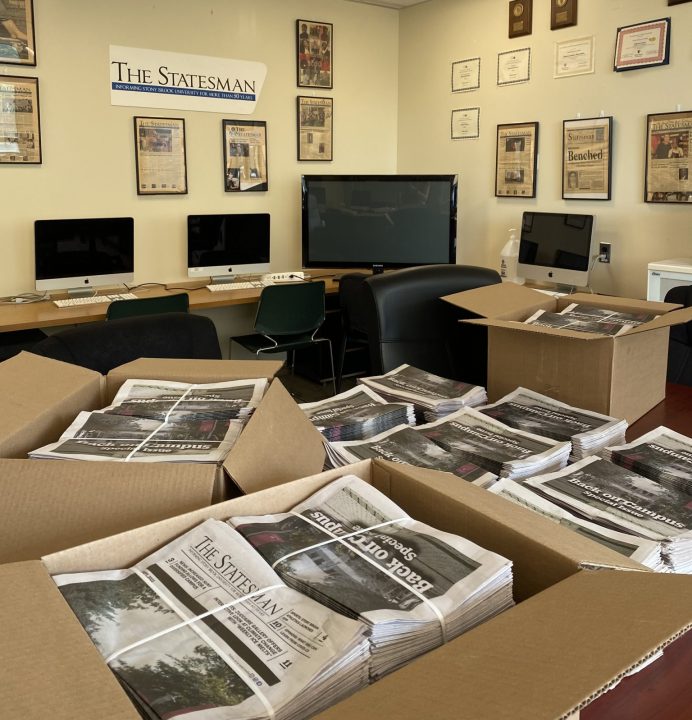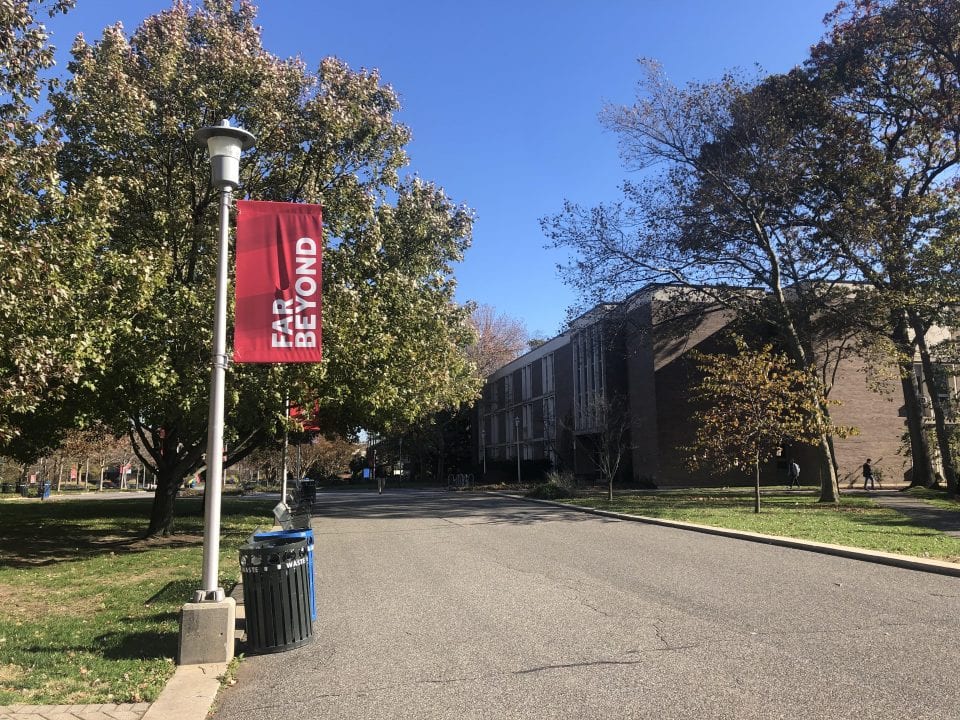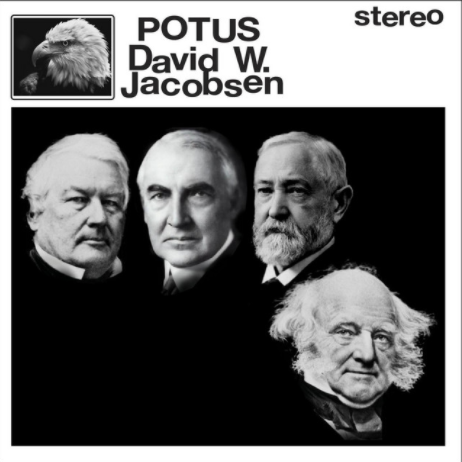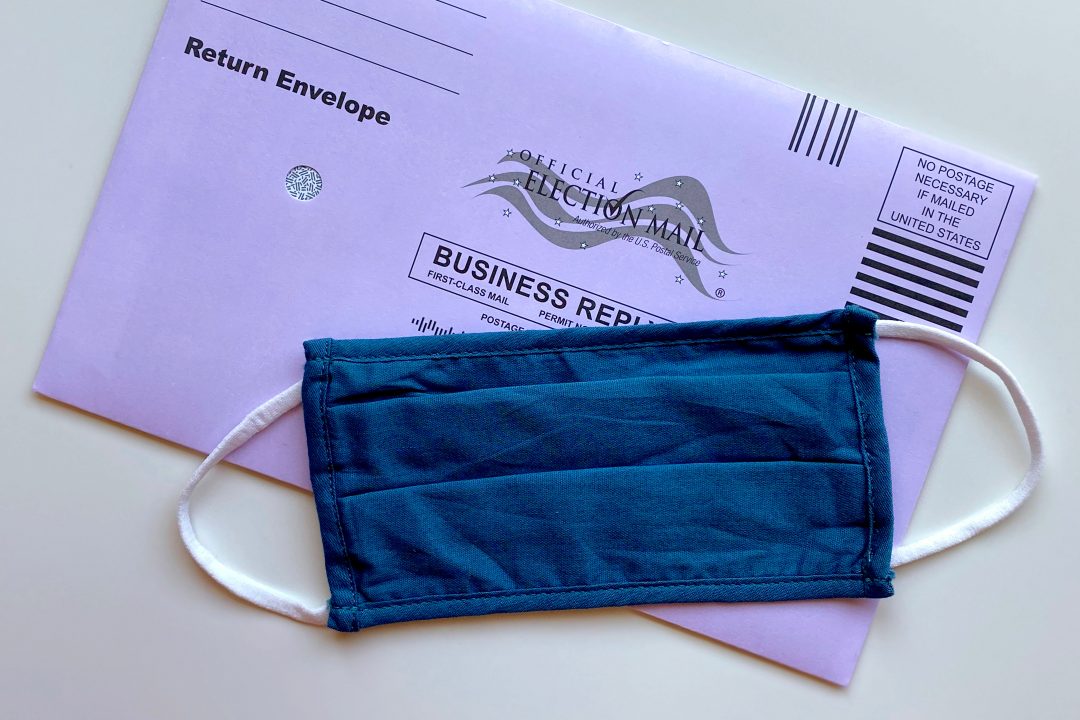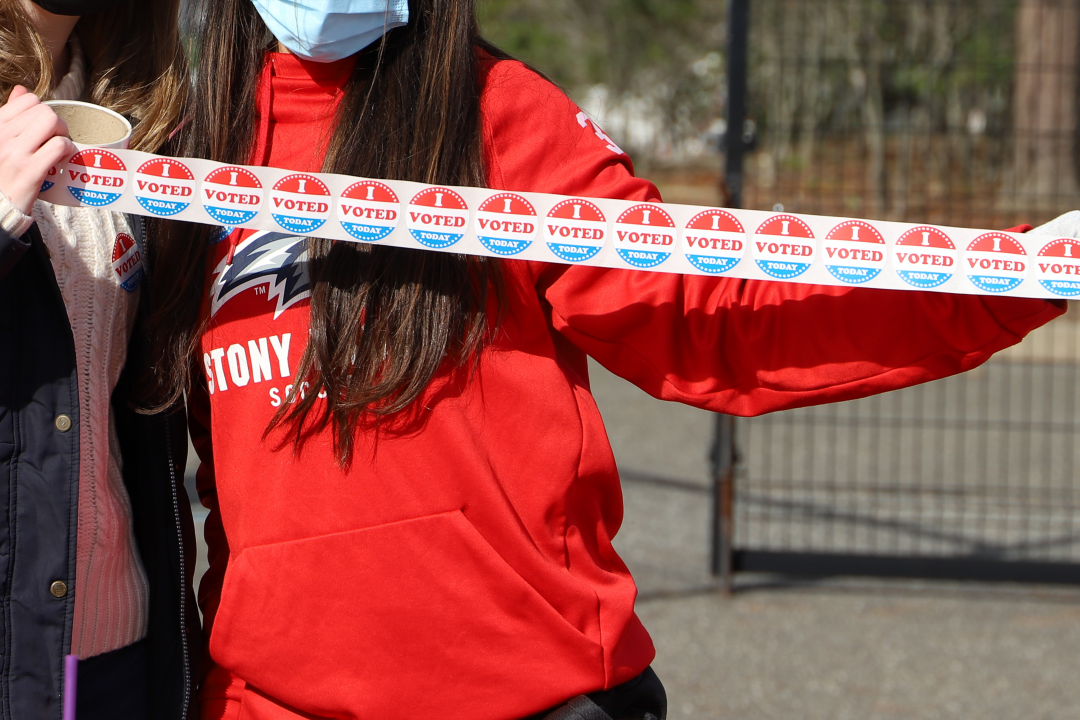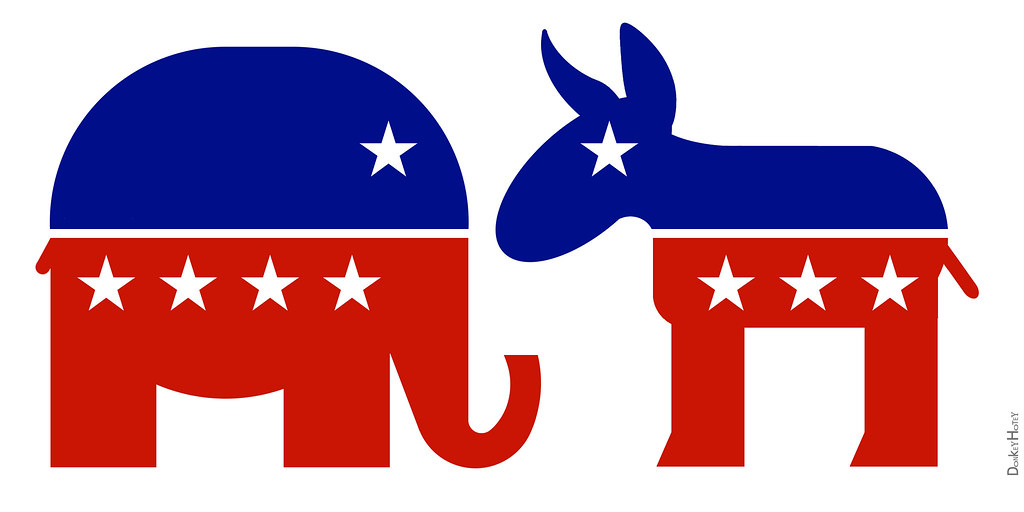
Archivist Peter Lupfer describes how The Statesman has covered presidential elections in the past. From Lyndon B. Johnson’s decision not to run, Reagan’s victory in 1980, a 1992 editorial on press and politics and 2016 coverage of the presidential election, he discusses how Stony Brook’s role in politics has evolved over the years.
Every four years, the United States presidential election is a historic event. Even under normal circumstances, every campaign comes with its own unique characteristics. The circumstances surrounding this 2020 election cycle, however, have been extraordinary.
This presidential race has been unlike any that precedes it in many respects. Even now as the long marathon transforms into a sprint to the finish, it is difficult to tell exactly what will be in store for the nation after Nov. 3. With voters choosing among options to vote by mail, in-person early, or on Election Day, it is reasonable to believe that the results on election night won’t be as clear as they have been in past years.
When this election season is remembered decades from now, it will likely be defined by the COVID-19 pandemic. President Donald Trump’s positive coronavirus test and the cancelation of the second of three debates will be moments to remember, but time will tell what more the 2020 campaign may or may not have in store.
2020 marks the sixteenth presidential election since The Statesman was founded in 1957 as The Sucolian. Our archives offer a glimpse of the work that student journalists have done covering each of those 16 elections. This article offers a collection of four such pieces.
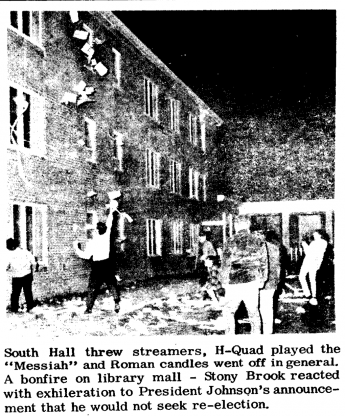
The first article, “Lyndon Says ‘Prudence’ Stony Brook Explodes” by Mitchel Cohen and Robert F. Cohen, describes the campus’ response to President Lyndon Johnson’s unexpected announcement that he would not seek a second term in 1968 following his first full term in office. The writers depict Stony Brook students’ response to the news, consistent with the university’s reputation in the 1960s as politically-charged and a hotbed of counterculture. Read more here.
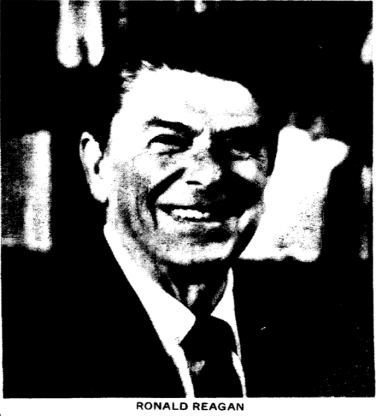
Second is the 1980 piece “Reagan Wins Election By Landslide.” The article opens with a reprinting of The Associated Press’ coverage of the election result followed by original reporting from Laura Craven and David Durst about the response on Stony Brook’s campus. President Ronald Reagan won the election against his predecessor President Jimmy Carter, denying him a second term in office. President Reagan’s successor, President George H. W. Bush, is the most recent to suffer that fate, though current polling suggests that history could repeat itself this year. Read more here.
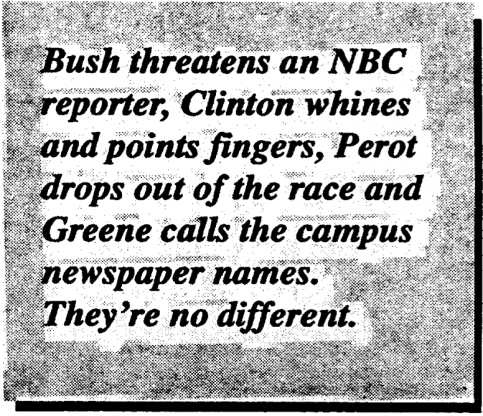
Article three, “Bad News Is Not Media’s Fault,” comes from the Oct. 5, 1992 edition of The Statesman. Editor-In-Chief David Joachim writes about a common trait among many politicians, which is a tendency to criticize the press. Joachim’s analysis is not merely contained to the three major presidential candidates, but also extends into the relationship between campus media and Polity, which at the time served as the campus’ student-governing body. Read more here.

Finally, Rawson Jahan’s article “Professor analyzes the impact of age in the presidential election” spotlights the research of Stony Brook professors in the context of the 2016 presidential election. The focus of said research is the importance of age in an election, a subject which is currently very relevant. If re-elected, Trump would become the oldest sitting president by the end of his second term while former Vice President Joe Biden would become the oldest president immediately upon his inauguration at age 78. Read more here.
In many ways, this year’s election is one unlike any other. The challenges that we face as a nation at such a critical time are unique to the 2020 campaign, setting the stage for an election that will stand out in United States history. One commonality that they have all shared since 1960, though, is that The Statesman has been and will continue to provide high-quality coverage.







